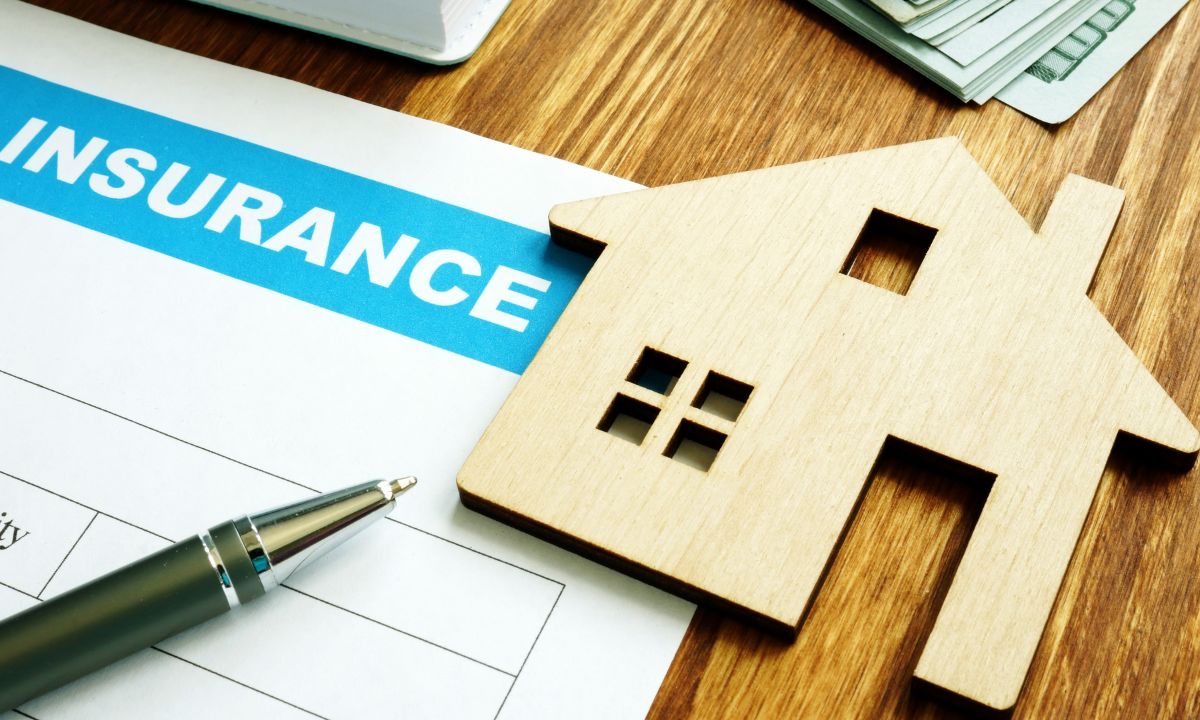 Join us as we navigate through the common queries that may emerge throughout your mortgage journey. Remember, your quest for homeownership should be illuminated with comprehension and direction. Let’s discuss the primary 4 mortgage inquiries and decode the secrets to unlocking the gateway to your ideal home.
Join us as we navigate through the common queries that may emerge throughout your mortgage journey. Remember, your quest for homeownership should be illuminated with comprehension and direction. Let’s discuss the primary 4 mortgage inquiries and decode the secrets to unlocking the gateway to your ideal home.
What Sets Fixed-Rate Mortgages Apart from Adjustable-Rate Mortgages (ARMs)?
A fixed-rate mortgage boasts a steady interest rate over the loan period, ensuring consistency in monthly payments. Conversely, an adjustable-rate mortgage (ARM) features a fluctuating interest rate that may shift periodically. While ARMs often commence with lower rates, they can escalate, potentially impacting monthly payments. The choice between them hinges on your inclination towards stability or adaptability to market fluctuations.
How Much Down Payment is Necessary for Home Purchase?
The ideal down payment varies but typically hovers around 20% of the home’s purchase price. Nevertheless, alternatives with lower down payments exist, such as FHA loans requiring down payments as low as 3.5%. A larger down payment frequently translates to more favorable interest rates, yet it’s crucial to strike a balance aligned with your financial circumstances.
Is Prepaying My Mortgage an Option?
Absolutely, most mortgages permit prepayment. Channeling additional payments towards your mortgage principal aids in diminishing the overall interest accrued and shortening the loan duration. Nonetheless, it’s imperative to consult your lender regarding any prepayment penalties or constraints. Certain loans may entail specific terms or conditions concerning prepayments, hence comprehending these particulars empowers you to make prudent financial choices.
What Constitutes Private Mortgage Insurance (PMI), and When is it Mandatory?
Private Mortgage Insurance (PMI) is typically mandated when the down payment falls below 20%. It serves to safeguard the lender in the event of borrower default. Once the equity in the home attains 20%, borrowers may potentially request the elimination of PMI. Certain loans, like FHA loans, adhere to distinct regulations about mortgage insurance, underscoring the importance of acquainting oneself with the specific requisites associated with your loan.
While these FAQs shed light on fundamental mortgage facets, individual circumstances may diverge. It’s advisable to seek counsel from a mortgage expert for tailored guidance suited to your distinct scenario.
 When you’re in the market for a new home, you’re not just buying a piece of property. You’re investing in a community, its amenities, and its future. One of the most significant factors influencing property values is the quality of nearby schools. Whether you have school-aged children or not, the impact of schools on property values is undeniable. Let’s delve into how schools influence property values and what it means for prospective homebuyers.
When you’re in the market for a new home, you’re not just buying a piece of property. You’re investing in a community, its amenities, and its future. One of the most significant factors influencing property values is the quality of nearby schools. Whether you have school-aged children or not, the impact of schools on property values is undeniable. Let’s delve into how schools influence property values and what it means for prospective homebuyers. For new investors venturing into the dynamic world of real estate, the prospect of finding the perfect investment can be both exciting and daunting. While established neighborhoods often seem like the safest bet, emerging neighborhoods can offer untapped potential and higher returns for those with a keen eye. We will look into the art of spotting real estate investment opportunities in emerging neighborhoods, tailored specifically for new investors looking to make their mark in the industry.
For new investors venturing into the dynamic world of real estate, the prospect of finding the perfect investment can be both exciting and daunting. While established neighborhoods often seem like the safest bet, emerging neighborhoods can offer untapped potential and higher returns for those with a keen eye. We will look into the art of spotting real estate investment opportunities in emerging neighborhoods, tailored specifically for new investors looking to make their mark in the industry. As a seasoned real estate agent, I’ve journeyed alongside numerous families as they embark on the adventure of finding their dream homes. However, beyond the excitement of securing that perfect abode lies a crucial step often overlooked: home insurance.
As a seasoned real estate agent, I’ve journeyed alongside numerous families as they embark on the adventure of finding their dream homes. However, beyond the excitement of securing that perfect abode lies a crucial step often overlooked: home insurance. Choosing the right mortgage term is a critical decision when purchasing a home. The two most common options are 15-year and 30-year mortgage terms. Let’s compare the advantages and disadvantages of each to help you make an informed decision:
Choosing the right mortgage term is a critical decision when purchasing a home. The two most common options are 15-year and 30-year mortgage terms. Let’s compare the advantages and disadvantages of each to help you make an informed decision: If you’re like many of us, your furry friends aren’t just pets; they’re beloved members of the family. As you embark on the journey of finding your dream home, it’s essential to consider their needs alongside yours. From spacious yards to pet-friendly communities, here’s a guide to finding the perfect home for both you and your four-legged companion.
If you’re like many of us, your furry friends aren’t just pets; they’re beloved members of the family. As you embark on the journey of finding your dream home, it’s essential to consider their needs alongside yours. From spacious yards to pet-friendly communities, here’s a guide to finding the perfect home for both you and your four-legged companion. When it comes to buying real estate, stepping into your dream home isn’t just a matter of physical visits anymore. Thanks to the innovative integration of virtual reality (VR) technology, prospective buyers and curious renters can now explore properties from the comfort of their own spaces. This revolutionary shift not only transforms the way we house-hunt but also reshapes our perceptions of what the future holds in real estate.
When it comes to buying real estate, stepping into your dream home isn’t just a matter of physical visits anymore. Thanks to the innovative integration of virtual reality (VR) technology, prospective buyers and curious renters can now explore properties from the comfort of their own spaces. This revolutionary shift not only transforms the way we house-hunt but also reshapes our perceptions of what the future holds in real estate. Buying a home is often considered one of the most significant financial and emotional investments in a person’s life. Beyond the mere transactional aspect, the process of purchasing a home is deeply intertwined with human emotions and psychology. From excitement to anxiety, hope to hesitation, the journey of home buying is laden with a complex interplay of feelings that greatly influence our decisions. Let’s explore how emotions can sway real estate decisions.
Buying a home is often considered one of the most significant financial and emotional investments in a person’s life. Beyond the mere transactional aspect, the process of purchasing a home is deeply intertwined with human emotions and psychology. From excitement to anxiety, hope to hesitation, the journey of home buying is laden with a complex interplay of feelings that greatly influence our decisions. Let’s explore how emotions can sway real estate decisions. Becoming a landlord can be a profitable undertaking, providing a steady income stream and potential long-term investment growth. It is important to understand the complexities of managing a property while still under a mortgage. We will discuss the key insights into renting out your property and becoming a landlord while maintaining a mortgage.
Becoming a landlord can be a profitable undertaking, providing a steady income stream and potential long-term investment growth. It is important to understand the complexities of managing a property while still under a mortgage. We will discuss the key insights into renting out your property and becoming a landlord while maintaining a mortgage.